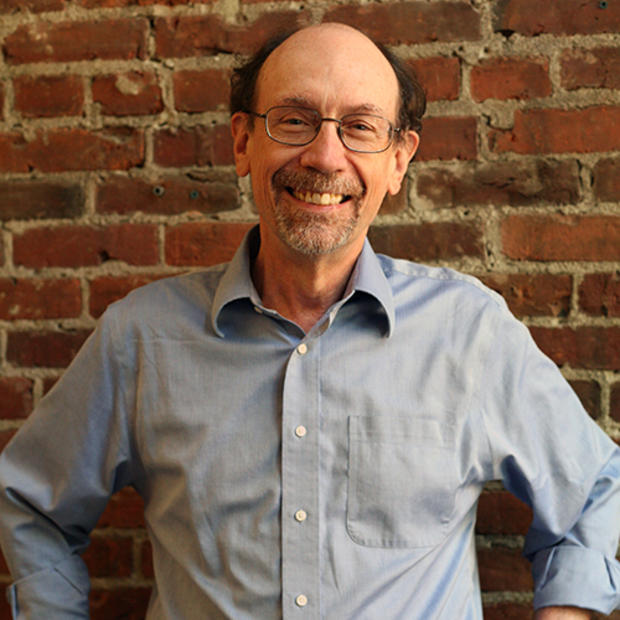David Hancocks brought revolutionary ideas about natural settings for the animals to Seattle's Woodland Park Zoo. As the zoo's online history puts it, when Hancocks, an architect, helped redesign the zoo and then became director in the 1970s, he made profound changes.
"He brought with him," the zoo's site says, "his revolutionary ideas on zoo design and zoo management. Once implemented, those ideas would not only stand the test of time, but would bring WPZ to the forefront of world zoos."
So, how does Hancocks, who went on to direct the Arizona-Sonora Desert Museum for eight years and then to to hold major zoo responsibilities in Australia after leaving Woodland Park in the mid-1980s, look at the state of zoos today? He was asked that question when he stopped by a gathering of Crosscut writers and editors while in Seattle recently. Perhaps befitting a leader who brought visionary changes, he made it clear there and in a follow-up e-mail correspondence, that he is not all that happy with the overall trends.
In the U.S., Hancocks said, there has been a "big shift to zoos being managed by private societies" rather than as government entities supported largely by tax dollars. As a result, considerable emphasis goes to weddings, birthday parties, and other activities that generate money. "The marketers have risen to the top of the decision making structure," he said.
All that makes it challenging to even consider anything like putting "animals' needs ahead of visitors', or at least on par with the visitors."
In most places, zoos have picked up ideas about naturalistic settings comfortable to the animals that Woodland Park helped pioneer, but designers have fatally manipulated the scenarios, in his view. "What is happening now, not only in the U.S. but around the world," he said, "is that zoo managers have figured out how to create merely the visual illusion of naturalness for the visitors."
"But the basic philosophy behind Woodland Park's innovations was to provide a richer and more natural environment for the animals. The new exhibits typically look green, but for the animals, there is very little in it." While animals may be surrounded by lush landscaping, they have no contact with living plants, and are all too often confined by electric wires to narrow and dusty sterile walkways, he said.
Hancocks has long been a critic of many zoo practices in keeping elephants in close confinement, including at Woodland Park. And, as he noted in a Seattle Post-Intelligencer guest editorial a few years ago, he has always said zoos should aim to put themselves out of business. But he hasn't given up on the importance of acquainting people with wildlife in urban settings. "As we become an increasingly urbanized population, we need places that reveal the complexity and diversity of nature, and remind people of the importance of the natural world, recognizing both its intrinsic value, and our complete dependance upon it for survival."
Hancocks also believes that zoos "should restrict themselves to keeping only animal species that do well in captivity." He pointing out that this would require a greater focus on small life forms, adding that this in turn would help them to demonstrate the complexity and inter-connectedness of eco-systems. The modern zoo, in his view, is essentially unchanged from the 19th century menageries, focusing mostly on just displaying big mammals that are active in the daytime. "It is," he says, "a self-serving and upside down view of the natural world."


